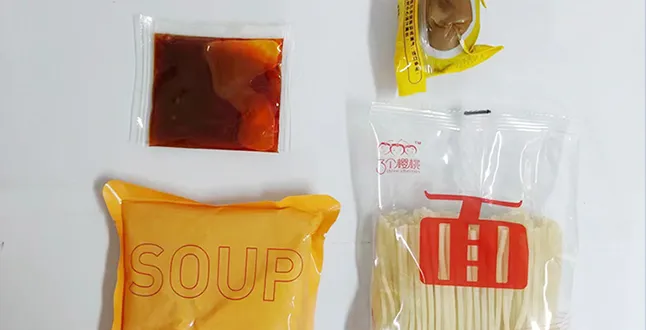hand dragged noodles
Hand-Dragged Noodles A Culinary Art Form
In the vast panorama of global gastronomy, few dishes can compete with the allure of handmade noodles, especially hand-dragged noodles, a traditional technique that has captured the hearts and palates of many. Originating from China, this culinary craft is not merely a method of preparation, but a vibrant expression of culture, skill, and passion for food. The process of making hand-dragged noodles is as mesmerizing to watch as it is rewarding to consume.
The Art of Crafting Hand-Dragged Noodles
The magic begins with a simple mixture of flour and water, transformed under the skilled hands of the noodle maker. The dough, once kneaded to perfection, is rested and then shaped into long, thin strands through a process of stretching and folding. This method, known as “dragging,” allows the dough to develop elasticity and texture, creating noodles that are both chewy and sinfully delicious.
Unlike machine-made noodles, which can often lack character, hand-dragged noodles possess a unique structure that absorbs flavors beautifully. Each strand is a testament to the artisan’s craftsmanship, a product of time-honored techniques passed down through generations. Watching a skilled chef perform the dragging process is an awe-inspiring spectacle, where the rhythmic motions create an almost dance-like quality, inviting diners to appreciate the labor behind their meal.
Cultural Significance
In many regions of China, hand-dragged noodles are more than just a food item; they are a cultural symbol. Different areas have their own variations, often accompanied by regional sauces and ingredients. From the spicy flavors of Sichuan to the savory broths of Shanxi, hand-dragged noodles reflect the diverse culinary heritage of the country.
Celebrations and festivals often revolve around this beloved dish, with families gathering to create noodles together. It is a bonding experience, a moment of shared labor and joy. In local restaurants, the act of publicly showcasing the noodle-making process can attract customers who relish the authentic experience of watching tradition come to life.
hand dragged noodles

Versatility of Hand-Dragged Noodles
One of the most appealing aspects of hand-dragged noodles is their versatility. They can be served in a variety of styles depending on the season and occasion. In the summer, lighter broth dishes with fresh vegetables and seafood are popular, showcasing the noodles' ability to adapt to different flavors. In contrast, during colder months, hearty stews and rich sauces highlight the noodle’s satisfying chewiness.
Hand-dragged noodles can be paired with an array of accompaniments, from tender meats to crunchy vegetables. For instance, a traditional bowl of beef noodle soup features tender slices of beef, green onions, and a savory broth that melds beautifully with the noodles. Alternatively, a vegetarian version might include stir-fried greens and mushrooms, allowing the natural flavors of these ingredients to shine through.
The Global Influence of Hand-Dragged Noodles
As the world has become more interconnected, hand-dragged noodles have begun to make an impact far beyond their Chinese origins. They have inspired countless variations in other countries, often melded with local ingredients and cooking styles. In many Western cities, Asian fusion restaurants feature hand-dragged noodles paired with unexpected flavors, such as truffle oil or artisan cheeses.
Food enthusiasts have embraced the craft, with cooking classes popping up worldwide, allowing people to learn the art of noodle-making firsthand. This desire to connect with culinary traditions reflects a broader trend toward appreciating handmade foods and the stories behind them.
Conclusion
Hand-dragged noodles stand as a delicious reminder of the importance of tradition in the modern culinary landscape. This timeless dish showcases not only the skill of the noodle maker but also the cultural narratives that enrich our meals. As we savor each chewy bite, we are not just tasting noodles; we are experiencing a form of art, a piece of history, and a celebration of community. So, the next time you enjoy a bowl of hand-dragged noodles, take a moment to appreciate the journey—from dough to your table—and the centuries of culture and tradition that make each strand a work of art.
-
Unleash Your Inner Chef with Delectable Italian Pasta CreationsNewsAug.01,2025
-
Savor Health and Flavor: Irresistible Soba Noodles for Sale Await!NewsAug.01,2025
-
Nourish Your Body with Premium Organic Ramen - A Culinary Delight AwaitsNewsAug.01,2025
-
Elevate Your Dishes with Our Exquisite Kinds of Egg NoodlesNewsAug.01,2025
-
Dive into Flavorful Convenience with Our Ramen OfferingsNewsAug.01,2025
-
Discover Exquisite Types of Naengmyeon and Chilled Soba NoodlesNewsAug.01,2025
-
Is Whole Wheat Pasta Healthy?NewsMay.30,2025
Browse qua the following product new the we

















































































































